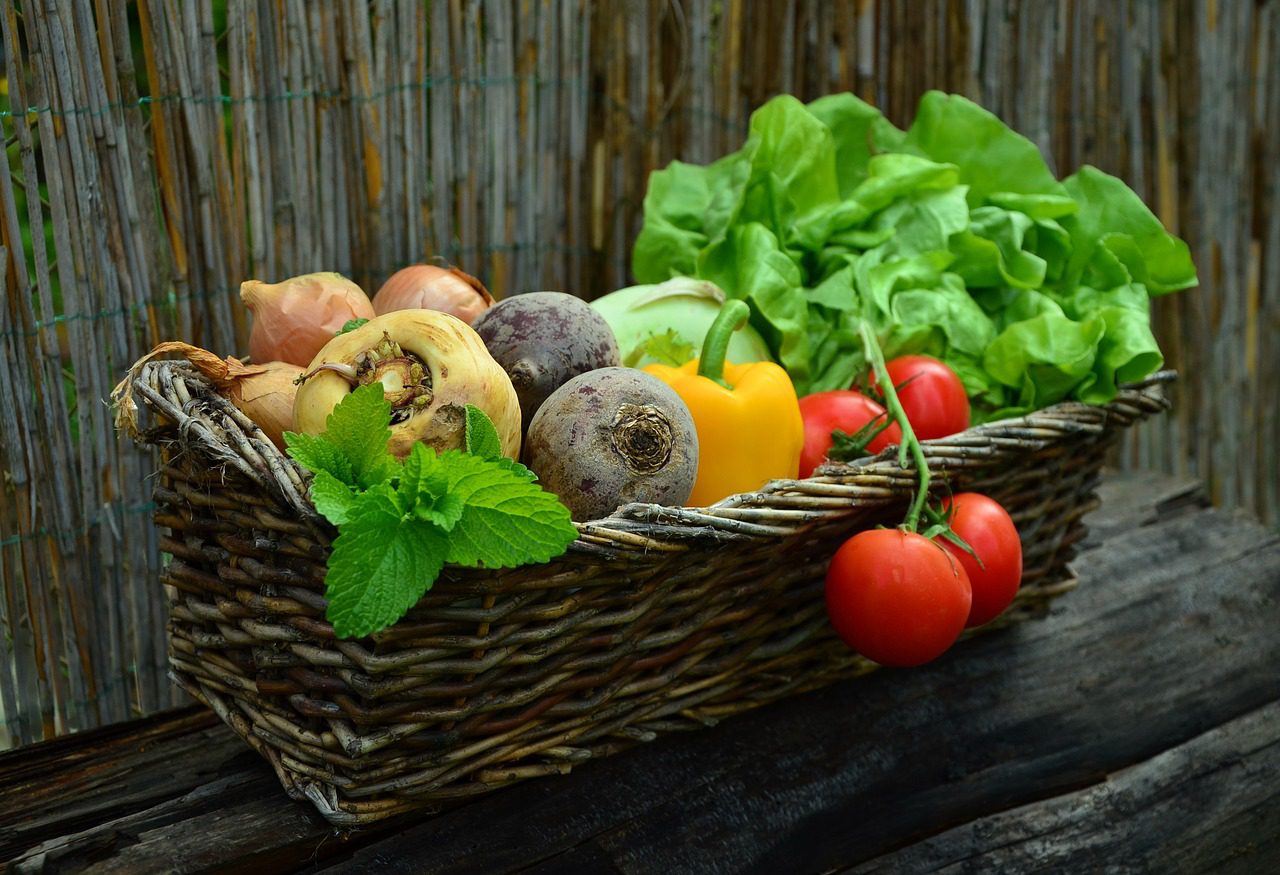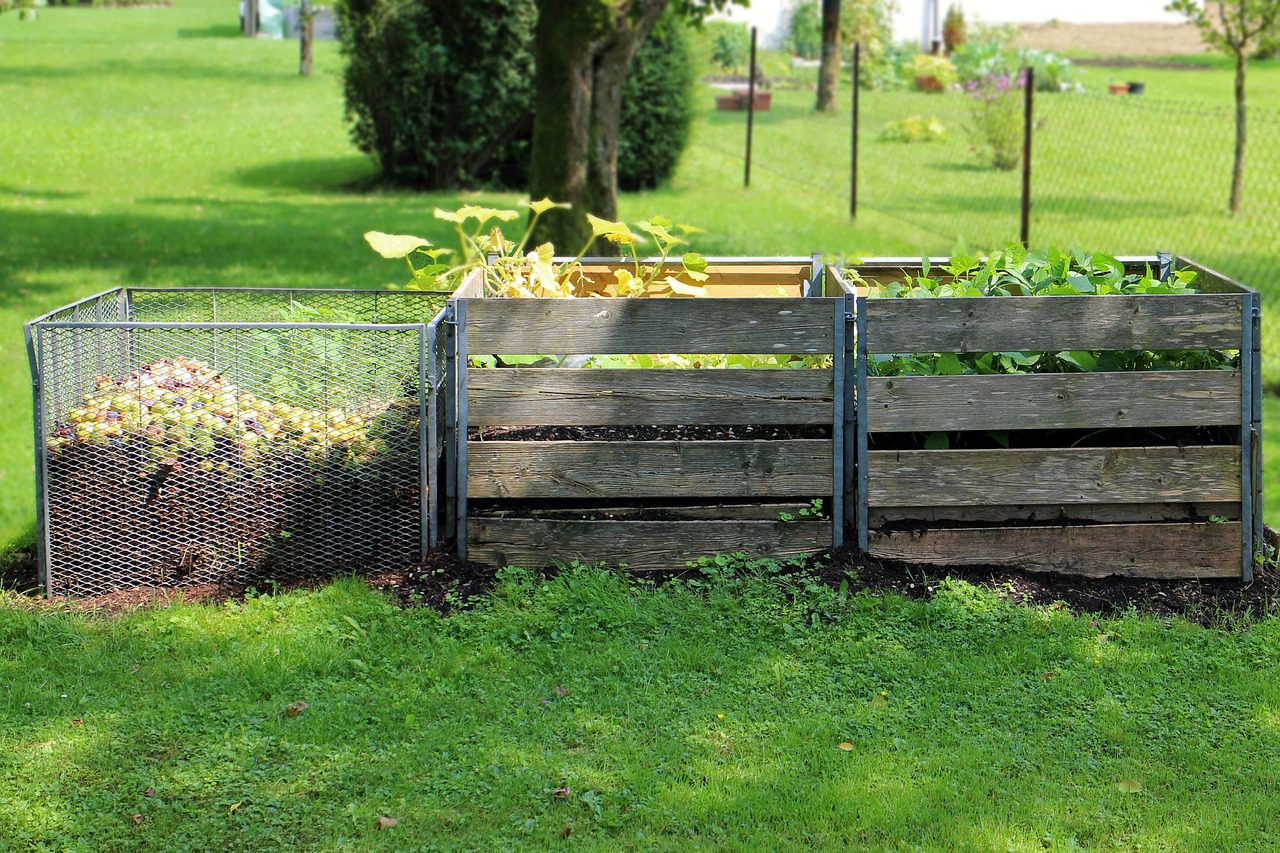When talking about all things eco-friendly, your garden is probably one of the less likely places to come to mind. There are however a variety of gardening techniques to turn your garden into a more self-sustaining, eco-friendly environment which can be used to reduce waste from your home and become more reliant on renewable energy sources, especially if your garden has become somewhat uninteresting or dull. The local birds and wildlife will certainly thank you for making these changes!
Attract More Of The Good Bugs
Not all insects and bugs are harmful to your garden, there are actually quite a few benefits to attracting the right kind of bugs to your garden. Bugs like ladybirds and lacewings actually eat aphids, so if you’re having trouble with aphids, planting sunflowers and marigolds can help to attract some of the good bugs.
If you’re not keen on having bugs and insects around your garden, try building your own bat house which encourages small bats to move in. Bats feed off of the bugs and insects in your garden and their waste makes an excellent fertilizer.
Try Out Companion Planting
Healthy gardens usually flourish as a result of a diverse range of plants, as certain plant combinations are said to complement each other in order to boost vitality and growth. For example, taller plants create shaded areas which enable smaller and more sensitive plants and flowers to flourish. Planning out your garden and finding plants which work well together beforehand will ensure that you have a healthy and flourishing garden for years to come.
The same goes for growing your own veggies at home. Here are some veggie combinations which work well together:
- Roses and Garlic
- Cucumbers and Dill
- Chives and Tomatoes
- Carrots and Spring Onions
Make Use Of Bare Spaces
Make use of the ledges and bare areas around your pool, patio and living spaces to plant small potted trees, flower pots and even grasses and shrubs. Gardening in these areas can instantly uplift the area and make it feel natural.
Instead of bare concrete, why not try using eco-friendly decking or an artificial grass roof terrace like these from Lawrence Lawns.
Use Electric Powered Tools And Equipment For Gardening
Instead of using the old petrol powered mowers, edge trimmers and hedges, consider switching to more eco-friendly and modern electric alternatives which can either be powered from your mains or batteries. Battery powered ones can even be charged using solar panels! Using electric equipment reduces air pollution and can save you money as electricity is usually cheaper than gas.
Start A Compost Bin
Compost is an important part of returning nutrients to your eco-friendly garden in order to boost plant growth. While you can buy compost from your local nursery, why not reduce your home’s waste by making it yourself?
You can compost most natural waste from your home, including table scraps, fruit and vegetable peels and offcuts, shells, tea leaves and coffee grounds. You can also throw some of your garden and lawn trimmings into the compost bin.
Here are some other awesome ways you can use coffee grounds in your garden.
Collect And Re-use Water
There are a number of ways to conserve water in your home and use it in your garden. Save water from your bath and shower using buckets or more permanently by installing storage tanks onto the drain lines from these areas. You can also divert the rain water from your roof into storage tanks if you live in an area in which it often rains.
Try watering your garden in the early morning or evenings to limit water loss to evaporation and make sure that the majority of it is being absorbed into the soil for your lawn, trees and plants.
So now that we’ve given you some tips and ideas for making your garden more eco-friendly, we’d love to hear your gardening tips and ideas you’ve used to make your home garden more eco-friendly in the comments section below.
Enjoy watching your new eco-friendly garden flourish!



